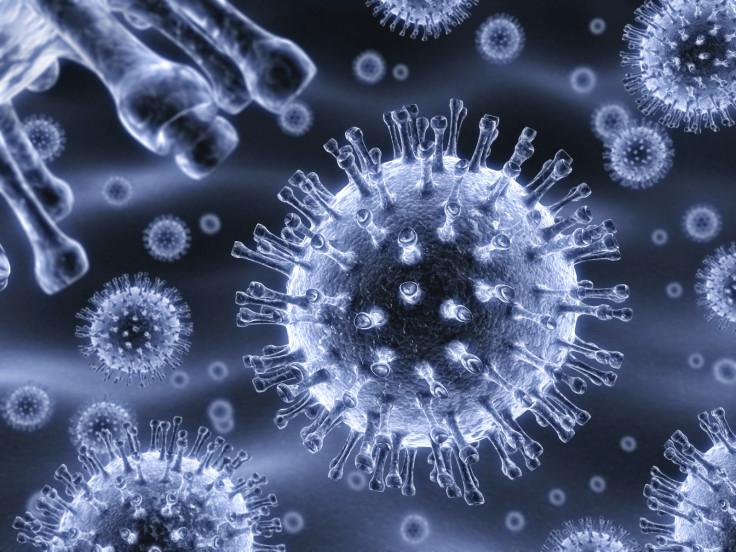HIV vaccine and UNAIDS targets could cut new cases from 49 million to just 17.3 by 2035
Mathematical model evaluates future of pandemic – and how many cases could be prevented.
Over the next 20 years, there will be 49 million new cases of HIV, a mathematical model has indicated. This number, however, could be drastically reduced if current interventions are acted upon and a vaccine is introduced in the next four years.
A team of scientists led by Jan Medlock of Oregon State University examined the ongoing pandemic in 127 countries to establish a model predicting how many cases will be diagnosed between 2015 and 2035. They then worked out how big an impact different approaches to prevention would have.
Their findings, published in the journal PNAS, showed that with current interventions there will be 49 million new cases by 2035. "Despite extraordinary advances in the treatment of HIV, the global pandemic has yet to be reversed," the team wrote. "We developed a mathematical model for 127 countries to evaluate Joint United Nations Program on HIV/AIDS (UNAIDS) targets for expanding diagnosis and treatment of the infected, and partially efficacious HIV vaccination."
Since the start of the HIV epidemic, over 70 million people have been diagnosed with HIV. Of these, around 35 million have died. In 2015, there were 36.7 million people living with HIV – but the real figure is thought to be far higher.

Current targets set out by UNAIDS aim to ensure 90% of people living with HIV will know their status by 2020. Furthermore, it aims to ensure 90% of people living with HIV will be receiving antiretroviral therapy – and that 90% of these will have viral suppression.
Should UNAIDS reach this target – which it identifies as being ambitious – the researchers estimate 25 million new cases of HIV could be averted.
At present, researchers across the world are working on HIV vaccines – many of which are showing promise. "For example, the phase III RV144 trial in Thailand of an ALVAC-HIV/gp120 regimen demonstrated efficacies of 60.5% after one year and 31.2% after 3.5 years among participants aged 18 to 30.
Results of the HVTN 100 trial in South Africa, which used an updated ALVAC-HIV/gp120 regimen, showed a more robust immune response than RV144 in participants aged 18 to 40," the scientists wrote.
Working on the assumption that a vaccine with 50% efficiency will be introduced in 2020, the team found that this could reduce the number of new HIV cases by 6.3 million.
"Our results demonstrate the substantial added benefit of vaccination in reversing the pandemic, irrespective of whether the highly optimistic UNAIDS targets are met," the study said.
Their findings suggest that if UNAIDS targets are met and a relatively efficient vaccine is introduced, there could be fewer than 18 million new cases of HIV by 2035 – which would be a major step towards the elimination of HIV transmission globally.
© Copyright IBTimes 2024. All rights reserved.






